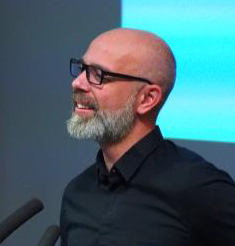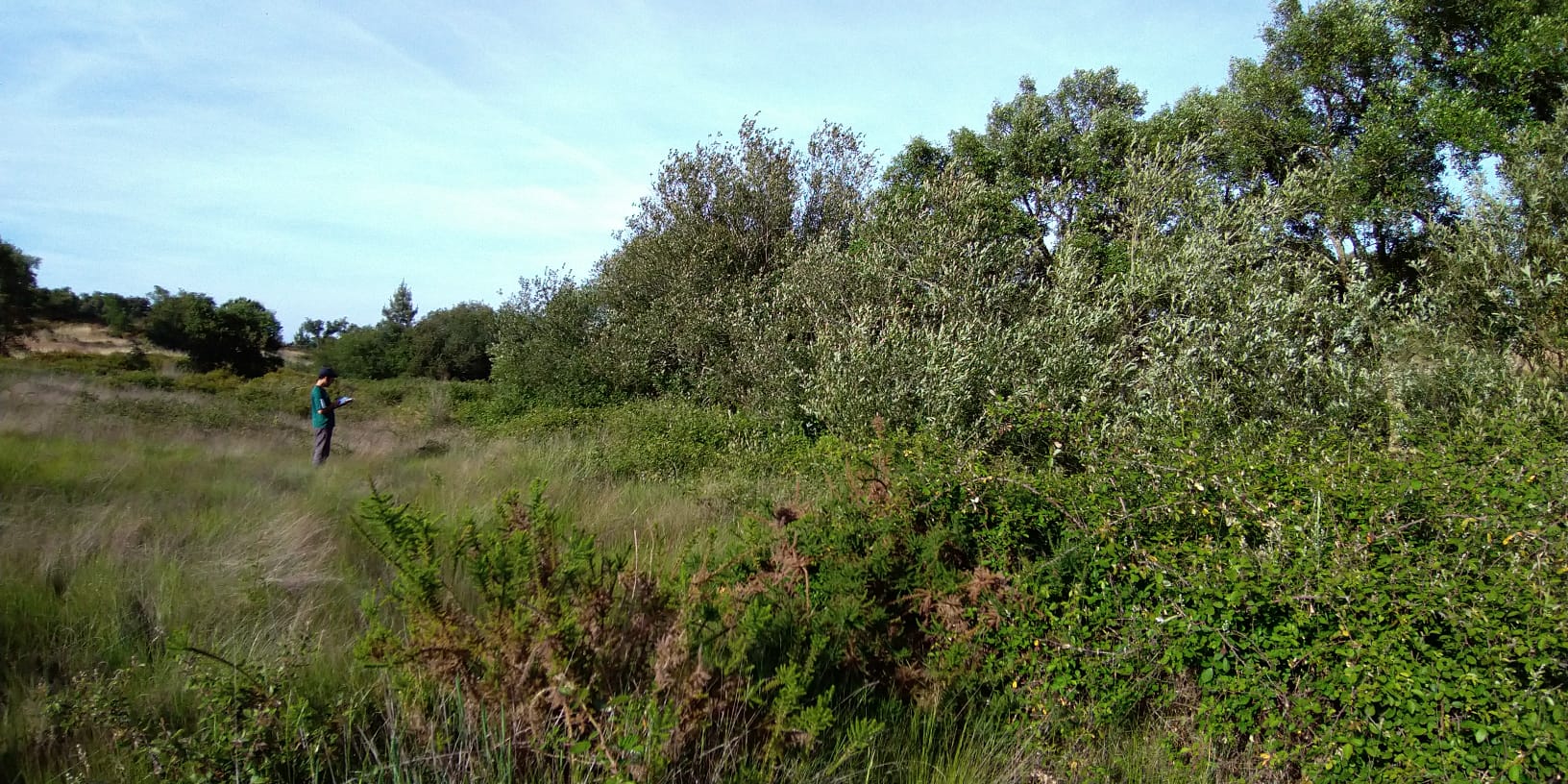Communication
Sudoe News
“With CERES, we are showing the direction of a multifunctional territories’ management that allows meeting the needs of both those who live in the forest and those who live thanks to the forest.” Interview with Sébastien Chauvin
Categoría Management of projects approved
This year, Interreg celebrates its 30th anniversary, focusing on three thematic of interest for European cohesion: youth, a greener Europe and neighborhood. In this context, every month, we interview one of our flagship projects related to one of these topics.
This month, we spoke with Sébastien Chauvin, Director of FORESPIR, who introduced CERES, a project that contributes to improving ecological connectivity in the rivers and forests of southwestern Europe.

-
How was CERES project born?
CERES is the acronym for "Connectivity of river and forest ecosystems of the SUDOE space". The project aims at identifying, at the SUDOE’s level, the connections between ecosystems. Landscapes are made up of a multitude of natural spaces. Therefore, we have a mosaic of habitats made up of forests, groves, agricultural areas, with crops and grazing areas, but also houses and dense areas of activity. In these landscapes, rivers and riverside trees play a fundamental role as spatial connectors, acting as "cords" between natural spaces. It is on these "connecting spaces", the object of numerous European, national and regional policies (green infrastructure), that CERES focuses.
- To what extent does climate change affect ecological corridors?
This "ecological connectivity" allows animal and plant species to meet their needs (food, reproduction, etc.) but also, in the context of climate change, to migrate to more favorable areas.
It is not so much about climate change as it is about changing land uses. In fact, this connectivity between spaces can be affected by "black spots" that make these connections difficult. Therefore, we must guarantee the ecological quality of the habitats but also the quality of this connection. For example, in Charentes, one of the CERES partners has chosen as a target species the mink whose privileged habitat is rivers and which is in danger of extinction (this is a species with a priority conservation status according to the HABITAT directive of the EU). Thus, we really work for the survival of the species by improving its habitat and ensuring that its habitat is "connected". But the positive point is that there is a global awareness of elected representatives, citizens and managers of natural areas in terms of preservation of biodiversity in Europe.

- CERES is based on the study of specific species: which species are you studying?
Thanks to their dispersal capacity, species allow to calculate different degrees of connectivity of natural areas. With CERES, we have a double objective: improving natural habitats but also improving the corridors that serve as connection. Therefore, this helps to preserve the species. The choice of the latter responds to the quality of natural environments. For this we have selected "indicator" species of the quality of the environment. Some are called "umbrellas", because they have certain requirements that by protecting them we protect a whole series of particular species (fauna and flora). There is the European mink in Charentes, bats in the Cévennes, ants, caterpillars and bats in Portugal, the brown bear in Castilla y León and the grouse in Catalonia…. Some of these species are heritage species that respond to very diverse natural contexts.
- Did you already reach any conclusions?
CERES aims at gathering the different existing tools together to create a common method that allows to study connectivity taking into account territorial particularities and to develop adequate management strategies. At this time, we are creating pilot maps of territory’s connectivity where we identify areas to intervene and ensure that connectors are improved.
As far as “living beings” are concerned, the timing of projects is complex: it is difficult to assess the real impact of the actions carried out during the project because the response times of natural environments are very different from administrative times and require more weather. So, what we do, it is developing a protocol that will allow to draw conclusions beyond the administrative life of the project. On the other hand, we are developing awareness and dissemination actions, in particular through on-site visits, to ensure a shorter-term impact through the dissemination of good practices.
- Forest owners are your primary target audience. How do you work with these?
In Europe, the majority of forest properties are private and of course, owners are not obliged to follow our recommendations. Additionally, there is significant property’s fragmentation, with many small properties. And that is the goal of the project: we cannot "force", but we can partner with organizations that advise these owners in their management. With regard to public forests, we work with local authorities and public forest managers.
So far, owners are cooperative. We work in areas of ecological interest where the owners are open to recommendations.
- How do you motivate collective intelligence on the issue of ecological connection? How do you make sure that owners take into account your recommendations, since the latter do not necessarily benefit them financially?
We have good feedback regarding our dissemination actions. Now, we are trying to show that the application of ecological prescriptions generates a price but above all, ir allows the development of biodiversity. Therefore, the important thing is to quantify this application.
Regarding forest owners, it is important to know the area in which they are working, making a complete inventory and thus, highlighting the ecological interest of their forest. More specifically, what we are doing is providing a new perspective on the richness of biodiversity that sensitizes them to these issues. In general, people are receptive and see that it is possible to combine ecological preservation and economic valuation of wood.
- What will change with CERES?
I see CERES 'contribution to the global problem of biodiversity’s preservation and "green infrastructure" as a mountain landmark helping hikers, by directing them to the next steps. Here, we are showing the direction of a multifunctional territories’ management that allows meeting the needs of both those who live in the forest and those who live thanks to the forest.

- CERES is a transnational cooperation project, which involves partners from other countries, cultures and specialties: what is the experience like?
The experience is always enriching. As a leader, it is important to know how to channel information and popularize content. Therefore, re-formulating remains key! Above all, you have to keep open, create bonds and all that, with a good mood!
- Last question for our readers eager to contribute to the protection of our environment: what can we - those of us who are not specialists in forests, do concretely to improve ecological connections?
First, try to have a fresh look on the ecology’s geography and understand how landscape work, appreciating the importance of connectors. Then, in everyday life, respect the natural surroundings. This implies the consumption of eco-responsible agricultural products, from extensive and non-intensive farms, but also, sustainably managed wood products, such as certified or locally produced wood.
Thank you very much Sebastian!
For more information: https://www.ceres-sudoe.eu/home-en



